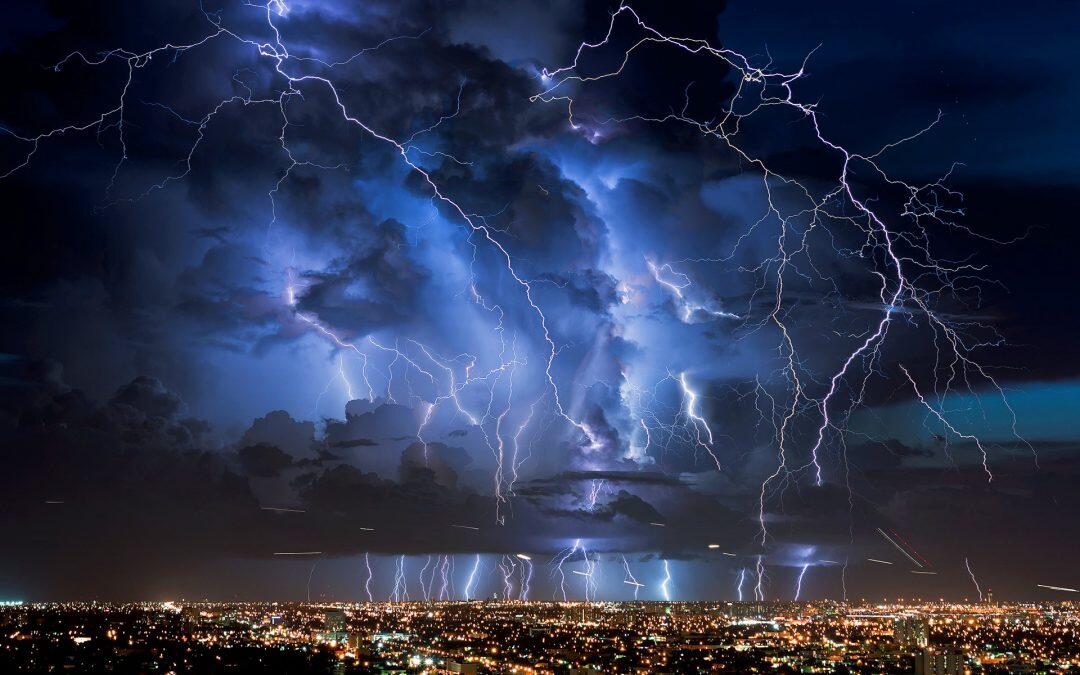The change of seasons, daylight hours or more or less sunny days are responsible called seasonal affective disorder, which affects 15 percent of the population, but there is another percentage that shows panic or terror towards certain atmospheric phenomena.
They are called phobias weather, some related to phenomena that most people are of extraordinary beauty, such as themoon full (selenofobia), Dawn (eosofobia) or auroras (aurorafobia).
In an interview with EFEverde, Mar Gómez, Eltiempo.es meteorologist, explained that psychological disorders “do not understand whether something is more or less beautiful and what is very striking for some other real causes them anxiety.”
This fear or phobia “is usually motivated by something, has a root,” said Mar Gómez, who has recommended people who suffer placed in the hands of professionals, “never face alone this type of disorder.”
Common symptoms
According to different studies of psychologists and therapists consulted by Eltiempo.es, the phobias are usually associated with episodes of alteration or tachycardias; ” It all starts with sweating or palpitations, but as the person is exposed to the phenomenon symptoms increase and may be dangerous.”
Mar Gómez has clarified that these disorders are not well known, because the phobias and fears “are often carried in secret , ” so the percentage of the population affected “could be much higher” than you think.
More popular is the “meteorosensibilidad” or seasonal affective disorder, related to the changing seasons, daylight hours or greater or lesser presence of the sun , and that affects the mood or the mood of 15 percent of the population , according to experts.
Meteorological phenomena also are responsible for certain physical conditions, such as joint pain, muscle aches, migraines or changes in blood pressure.
Main causes
The phobias weather could be hereditary, but can also be motivated by some sort of trauma, explained Sea, “by some traumatic event in the life of the person who, for some reason, associated with the rain , the sun or storms “.
Some of them also tend to occur at an early age, around five years, as the fear of the moon full, lightning, rain or storms , due to its relationship with the dark or horror movies.
Some weather phobias
The most common disorder is Astraphobia or fear of thunder, lightning, lightning and storms , although in countries most exposed to hurricanes or tornadoes a high percentage of people develop lilapsofobia call.
Less common are the pluviofobia or fear of rain , the nefofobia or terror clouds, anemofobia or fear of currents or strong wind and criofobia, causing panic to the frost, frost feel and cold, which forcing sufferers to keep warm than normal.
The aurorafobia related to the terror of the aurora borealis, is an “understandable” fear has qualified Mar Gómez, because once its origin was unknown, and the fear of sun or heliofobia comes to provoke a “worrying” lack of vitamin D in people who suffer.
Finally, he stressed the quionofobia or fear of snow, closely related to the fear of cold and manifested, not only to touch or feel the snow, also saw falling flakes.
targeted therapies
To treat these diseases there is called cognitive therapy, explained meteorologist, namely that the patient receives from specialized personnel all possible information about the specific phenomenon “until I see it as something harmless and phobia as irrational” .
And within this same treatment, the so-called graduated exposure therapy aims to bring the patient to the phenomenon gradually so you can control gradually their fears and apprehensions.
“A person who has a phobia of the moon can not suddenly face a full moon or moon super, but gradually go out at night accompanied by a professional , ” he insisted.











